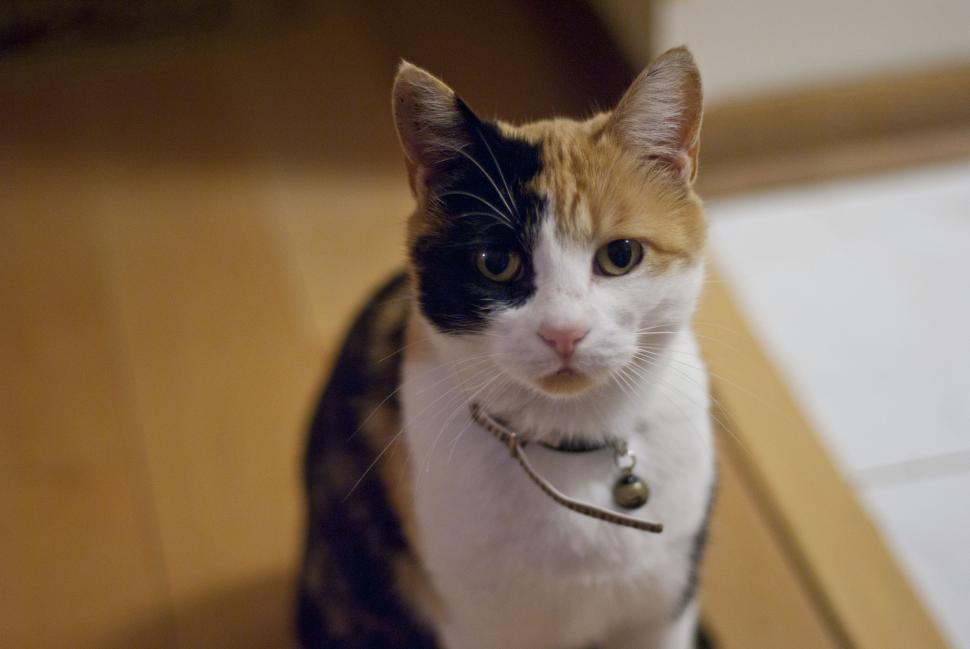Automated Litter Boxes: Are They Worth the Investment?
Automated Litter Boxes: Are They Worth the Investment?
Blog Article

Picking the perfect cat litter for your feline buddy can be an overwhelming job provided the myriad of choices offered on the market. This thorough guide will explore the different types of cat litter, their advantages, disadvantages, and everything in between to help you make a notified choice.
The material of the cat litter plays a crucial role in its efficiency. Typical products consist of clay, silica gel, recycled paper, wood, corn, wheat, and walnut shells. Each material uses distinct benefits and prospective drawbacks.
Clay-based litters are the most standard and commonly utilized due to their high absorbency and clumping abilities, that make cleanup much easier. Nevertheless, they can be dusty and might not be the finest choice for felines or humans with breathing problems. Silica gel crystals are highly absorbent, control smells effectively, and are low upkeep considering that they do not need to be altered as often. However, they can be more costly and some felines may not like the texture. Biodegradable litters, made from recycled paper, wood, corn, wheat, and walnut shells, are environment-friendly choices. They are usually dust-free and helpful for felines with allergies, however their odor control and clumping abilities vary extensively.
The choice in between clumping and non-clumping litter is significant. Clumping litter types solid masses when wet, making it simple to scoop out urine and feces, thus preserving a clean litter box. Non-clumping litter absorbs moisture but does not form clumps, which may cause more frequent changes of the whole litter box.
Odor control is a leading concern for most cat owners. Litters are typically infused with baking soda or charcoal to reduce the effects of odors. Preserving a fresh litter box also needs regular scooping, ideally two times a day, and following the Pine Pellet Cat Litter maker's guidelines for changing the litter and cleaning package.
The health of your cat and the ecological impact of the litter are likewise important elements. Dust-free or low-dust choices are much better for breathing health. Eco-friendly litters offer an environmentally friendly alternative to clay, which is strip-mined and not eco-friendly. In addition, it's essential to be familiar with any allergic reactions your cat might have to specific products.
Cost is an Corn Cat Litter essential consideration, as the rate of cat litter can vary considerably. While silica gel and some eco-friendly litters might be more expensive upfront, their durability can use cost savings in the long run. Conversely, clay litter is frequently more affordable but requires more frequent replacement.
Eventually, the very best cat litter is one that suits both your and your cat's preferences and needs. It might take some trial and mistake to discover the perfect match. Take note of your cat's habits and convenience, along with the litter's cat litter boxes performance in terms of odor control, absorbency, and maintenance.
Selecting the best cat litter contributes substantially to your feline's health, joy, and the tidiness of your home. By thinking about the product, clumping ability, odor control, health impacts, environmental impacts, and cost, you can make an informed decision that benefits both you and your furry companion. Remember, what works best for one cat may not fit another, so want to experiment till you discover the perfect option.